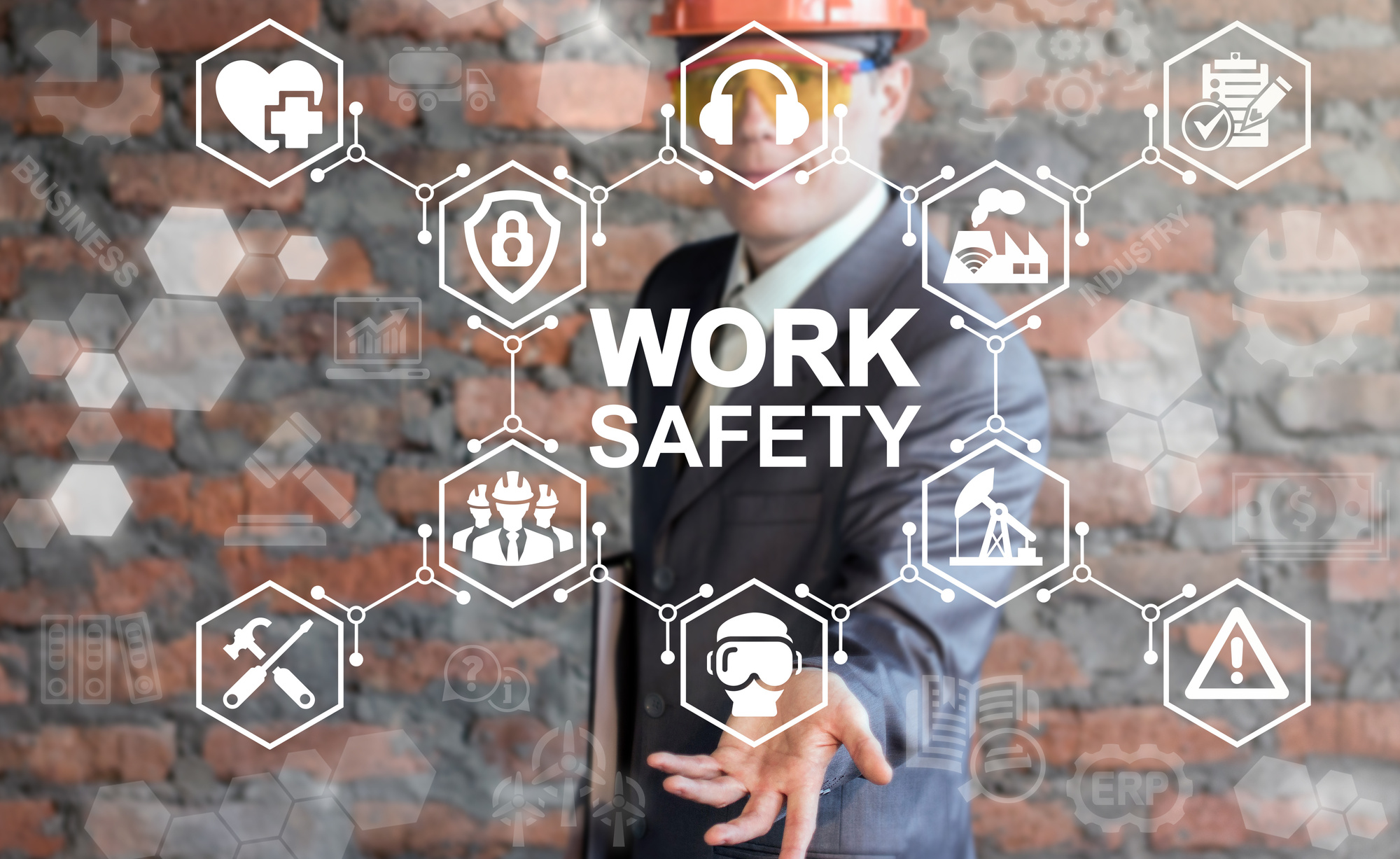Know Your Violations! A Simple Guide to OSHA Safety Compliance

A workplace injury happens every seven seconds in the United States. That adds up to 4.5 million injuries every year.
More worrying is the fact the majority of these injuries are preventable. Slips, falls, and other common injuries are avoidable with proper safety protocols.
This is why the Occupational Health and Safety Administration, or OSHA, exists. OSHA was created in the 1970s to improve safety for American workers.
Despite the staggering number of workplace injuries each year, OSHA does work. These numbers have been falling since OSHA was created.
Even though OSHA has been around for almost 50 years now, some employers still choose to skimp on safety. They may think what they’re doing is safe, or they may not know about OSHA standards. Some may believe safety violations are less costly than OSHA compliance.
As a worker, you need to be aware of OSHA regulations. Our guide will go over the consequences of non-compliance. We’ll also go over what you can do if you suspect your employer isn’t complying with safety regulations.
What OSHA Does
OSHA issues many safety standards for different industries. Many regulations relate to the safe handling of hazardous materials like asbestos. It also issues regulations for dealing with biohazards, such as avian flu.
The regulations extend far beyond this, protecting workers in different tasks. For example, OSHA has information on fall protection and prevention. It also issues standards about personal protective wear for workers.
Other regulations are specific to the industry. You can explore the regulations about safety in agricultural operations or healthcare. The construction industry is of particular concern, but even nail salons have hazards.
The Basics of OSHA Compliance
All employers are required to achieve OSHA regulatory compliance for their industry. OSHA regulations protect workers on the job site.
Some of OSHA’s standards require employers to take precautions in the workplace. Employers should track indoor air quality and make sure it stays within safe ranges. If employees handle hazardous materials, they should have proper protective wear.
Employers are also required to communicate about potential hazards in the workplace. Employees must be informed and trained to complete tasks like lifting.
Employers and employees alike are encouraged to identify hazards in the workplace. The organization should take corrective action when it receives a report. Employers can also use electronic tools to help them maintain safety.
Employers must also submit to regular inspections from OSHA officials. They must follow the requirements for information. Record-keeping is also important.
Workplace Safety Training
Another part of OSHA’s mission is to help workers work safer and smarter. This usually includes training to help workers identify potential hazards. If someone is aware of a hazard, they can take steps to reduce their risk.
Under the OSH Act, it’s an employer’s responsibility to provide workplace safety training. All employees should be aware of potential hazards. They should also receive training to handle materials or operate equipment.
Emergency planning and prevention is also an important part of workplace safety training. OSHA’s training requirements are extensive. They differ depending on the industry you work in.
You can learn more here about OSHA training.
What Happens When an Employer Is Non-Compliant
Unfortunately, OSHA non-compliance is still common. In some cases, an employee may violate safety standards because they feel it’s faster to ignore the rules. In other cases, employers may not enforce rules because they’re not aware of them.
There are also cases where employers willfully neglect OSHA compliance.
The effects of non-compliance are wide-ranging. The most obvious are the penalties issued by OSHA for violations.
The OSHA Penalty Types
OSHA identifies six different types of violations:
- De minimis. These violations are non-serious and often technical in nature. They pose little risk, and OSHA doesn’t usually issue fines or citations.
- Other-than-Serious. This type of risk could harm health and safety, but it’s unlikely to result in an injury or fatality.
- A violation of this type could result in serious injury or even fatality. OSHA issues this citation when employers are aware of hazards, but do nothing to correct them.
- OSHA issues this citation to an employer who intentionally violates regulations.
- The employer has received a citation or fine for similar violations before.
- Failure to Abate. If an employer fails to correct an issue after they’ve been cited for it, OSHA will issue this citation.
De minimis infractions are the only type of citation that don’t carry a fine with them. OSHA violation fines vary with the nature of the citation.
Fines for Citations
Other-than-Serious and Serious citations carry penalties of up to $13,260. Failure to Abate results in fines of $13,260 per day. Correcting the issue will stop more fines.
Willful and Repeated citations carry the most weight. They come with fines of $132,598 per violation. Willful violations can also result in jail time.
What Workers Can Do
If you believe your employer is neglecting their OSHA compliance, it’s your right as a worker to report them. You want to be safe at work. You and your co-workers deserve a safe workplace.
If you think your employer isn’t compliant, report OSHA violation using OSHA’s complaint form. It’s available on their website.
You can mail or fax the form. You can also call your local OSHA Regional or Area office to make a report. You can request an inspection of your workplace.
You may be nervous about reporting your employer for suspected OSHA violations. You’re protected under the OSHA’s various whistleblower protection laws. If your employer tries to retaliate, you can file a complaint with OSHA.
Everyone Deserves to Be Safe at Work
You and your co-workers deserve to be safe at work. If you suspect your employer is neglecting their OSHA compliance, you should take steps to protect yourself. Reporting an OSHA violation is the best thing you can do.
Are you looking for more job-related advice? Check out our blog for more tips on job searches, career choices, and more.



